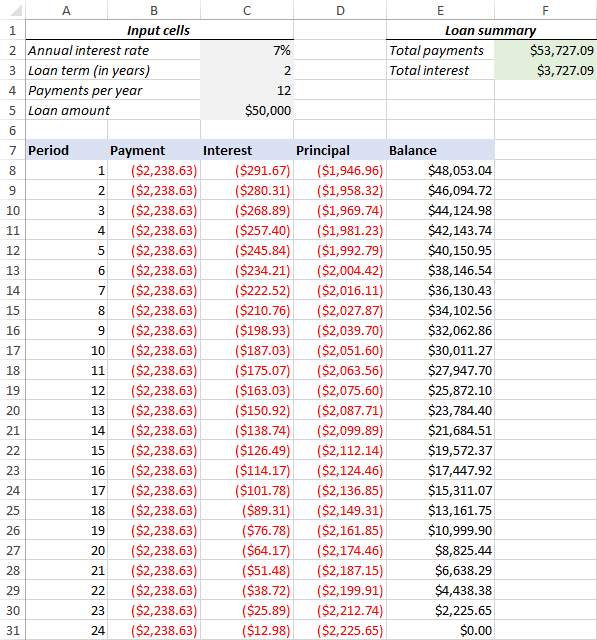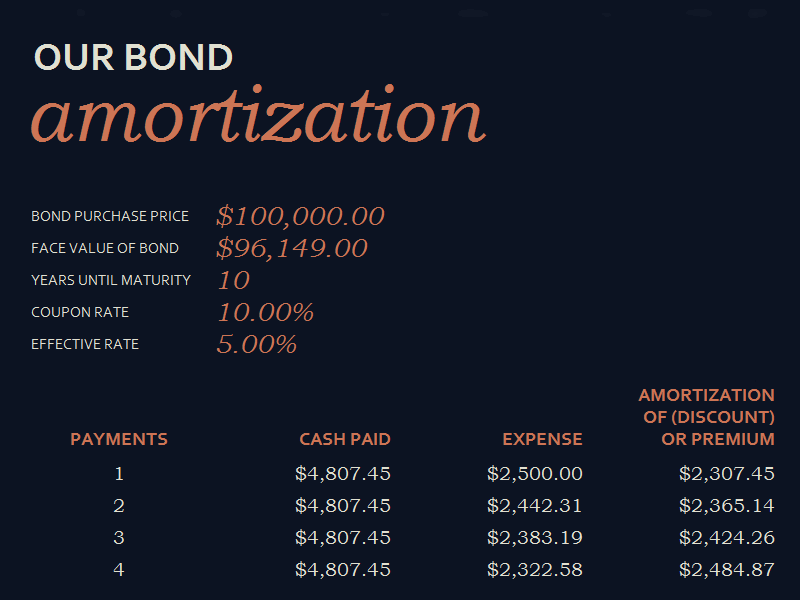


Now each column is named as their heading. I selected Top Row only, since I want to name these range as the heading and don’t want to name rows. Press CTRL+SHIFT+F3, or Locate Defined Names section in Formula Tab, and click Create from Selection.The ranges that you want to name as their headings.Excel provides a tool to automatically name ranges using headings. And most of the time these names are meaningful to the data and you’d like to name your range as these column headings. They will have column and rows with column headings and row headings. Well most of the time you will be working with structured data tables. Two named ranges can’t have the same name in a workbook.You can’t name a range as “r” and “c” because they are reserved for row and columns references.Range should not be named as cell references.Names can’t have spaces and any special characters except _ and \.Names should not start from digits or special characters other than underscore (_) and backslash(\).There are some rules to follow while creating names. Now you can refer to it by just typing its name. In Refers to box write the reference or select a range using the mouse.Locate the Defined Names section, and click Define Names.To define a name to a range you can use shortcut CTRL + F3.

In a nutshell, Named range is just naming of ranges. Now you can use “Target” to refer at A1 instead of writing B1. For example if you have a cell say B1, containing everyday targets, you can name that cell as specifically “Target”. Well, named ranges are nothing but some excel ranges that are given some meaningful name. In this article we will learn about Named Range in Excel and will explore each and every aspect of it. I have mentioned it many times in my articles. Maybe from a friend, colleague or some online tutorial. While working on Excel, you’ve must have heard about named ranges in excel.
Excel amort table for mac how to#
The procedure for creating a similar Excel Mortgage Amortization Calculator is explained in detail on the Wikihow website.In this article, we will learn How to create a Table and name the table in Excel. The following date and financial functions have been used to produce the amortization schedule in the above Excel Mortgage Calculator: PMT functionĬalculates the regular scheduled payment amount.Ĭalculates the Principal part of the regular scheduled payment.Ĭalculates the Interest part of the regular scheduled payment.Ĭalculates the dates of the scheduled payments. Once this has been entered, the summary box on the top left of the spreadsheet will display the date of the final payment and the date of each of the scheduled payments will be displayed in the bottom half of the spreadsheet.įunctions Used in the Excel Mortgage Calculator Template If you want the spreadsheet to show the dates of each of the scheduled payments, you must also enter the loan start date into the user-input fields. Once you have entered these details, the summary table at the top-right of the spreadsheet will automatically display a summary of the mortgage payment details, and the mortgage amortization schedule will be displayed in the bottom half of the spreadsheet. The details required are the loan amount, the interest rate, the number of years over which the loan is taken out, and the number of payments per year. In order to use the above Excel Mortgage Calculator, simply enter your mortgage details into the pink-shaded user-input fields (shown on the right above).


 0 kommentar(er)
0 kommentar(er)
